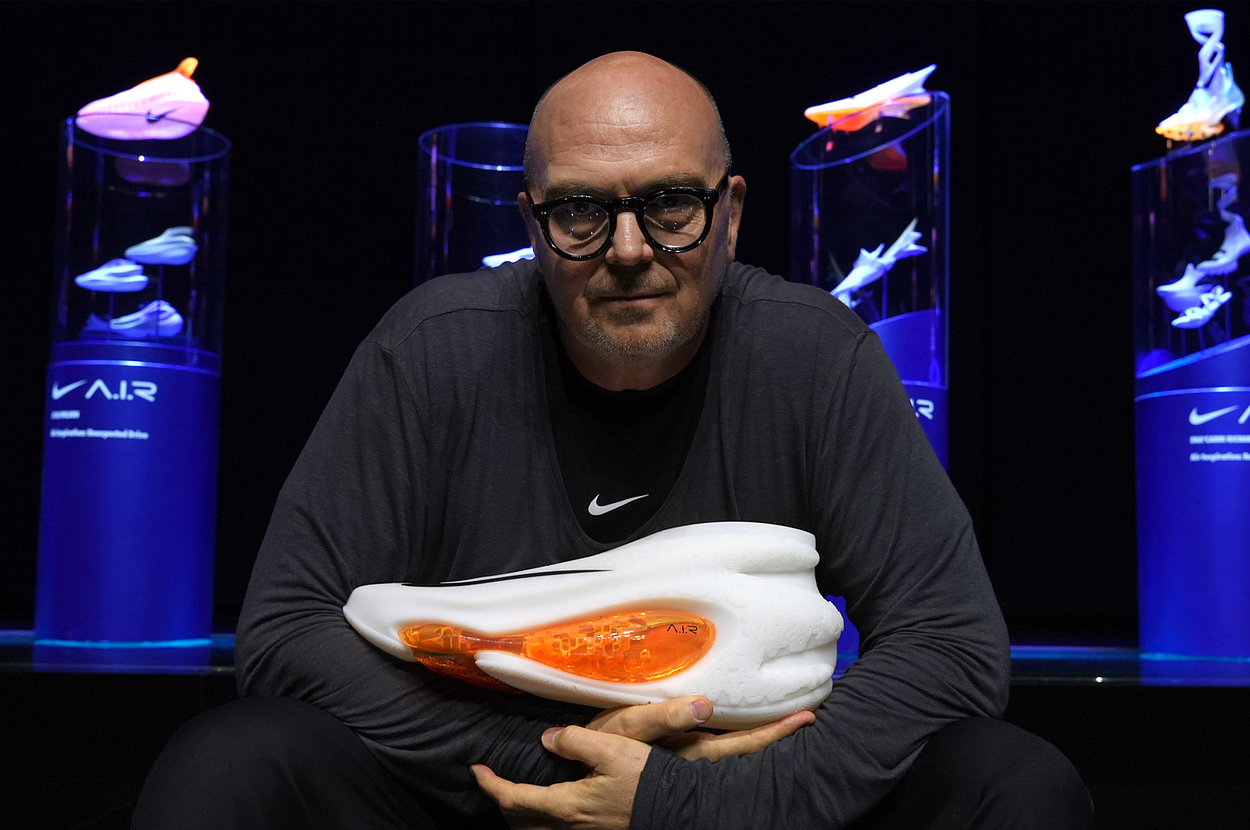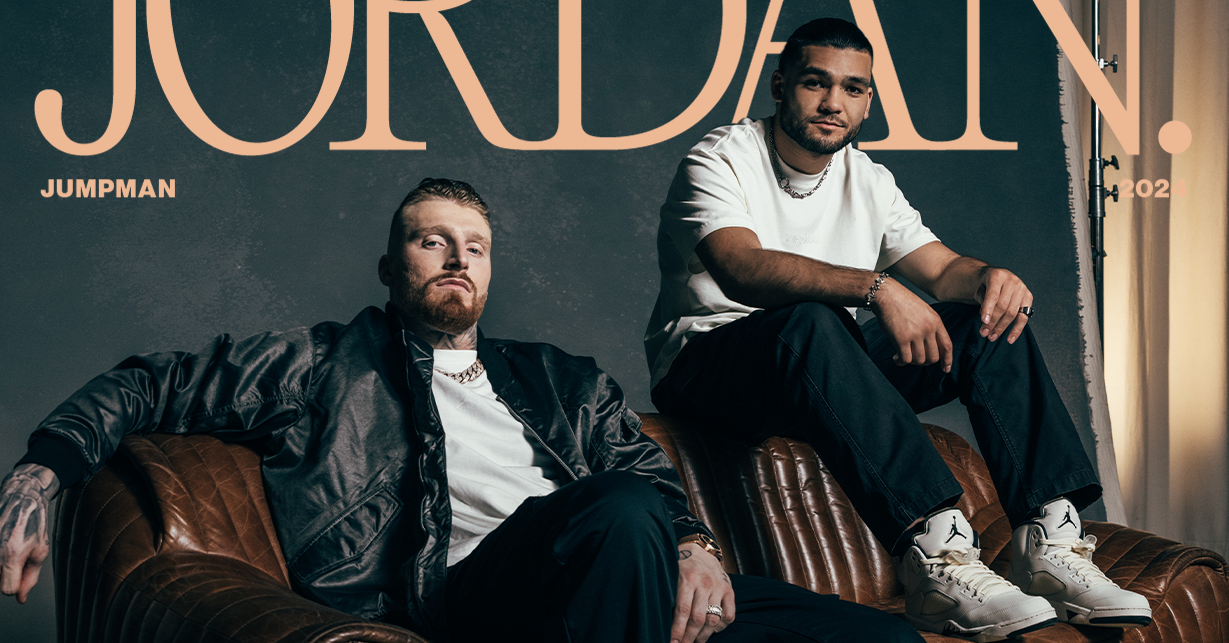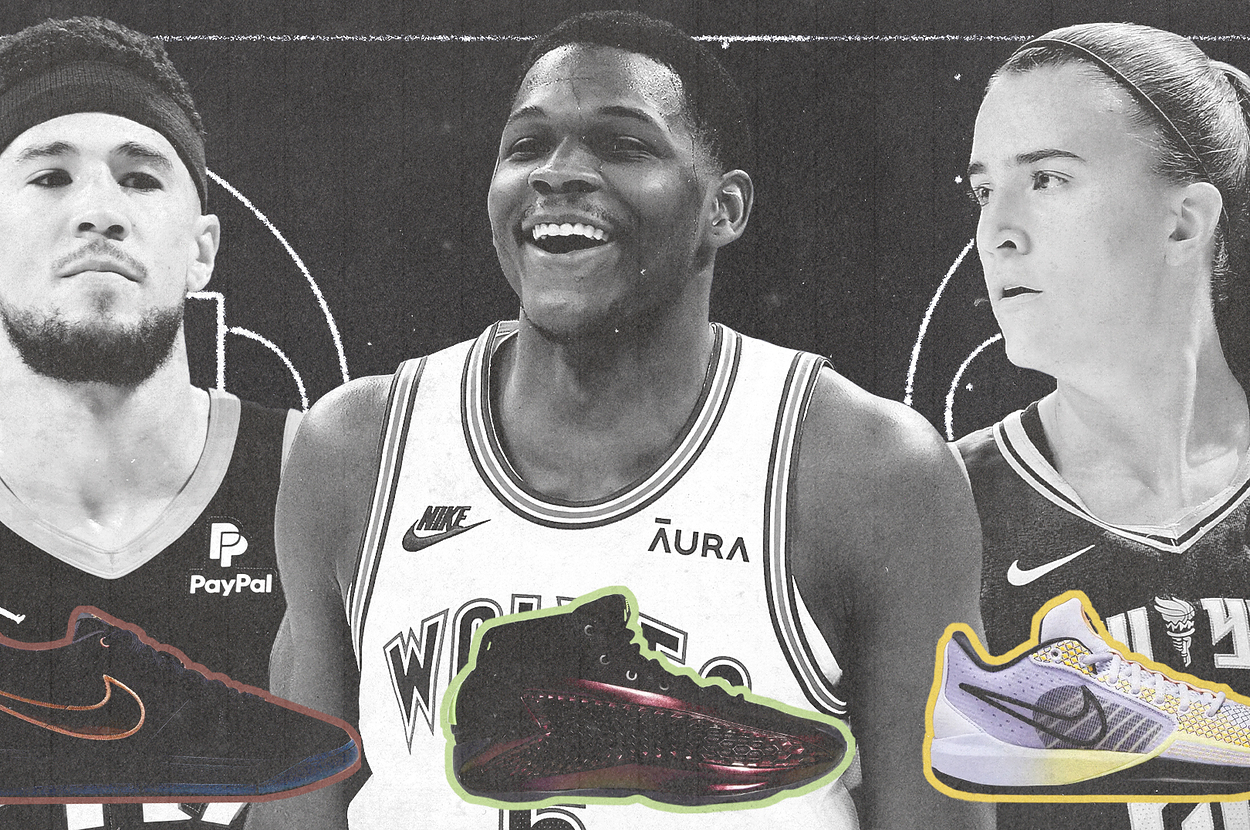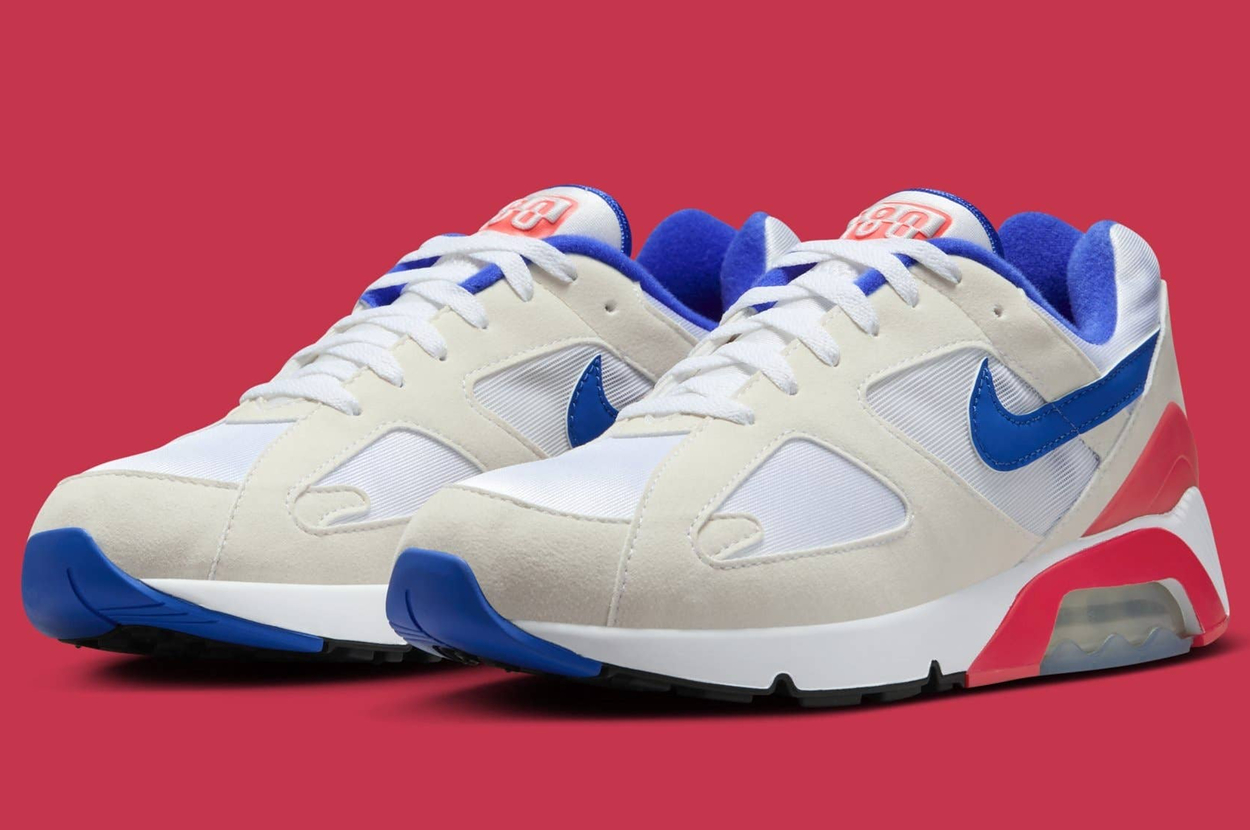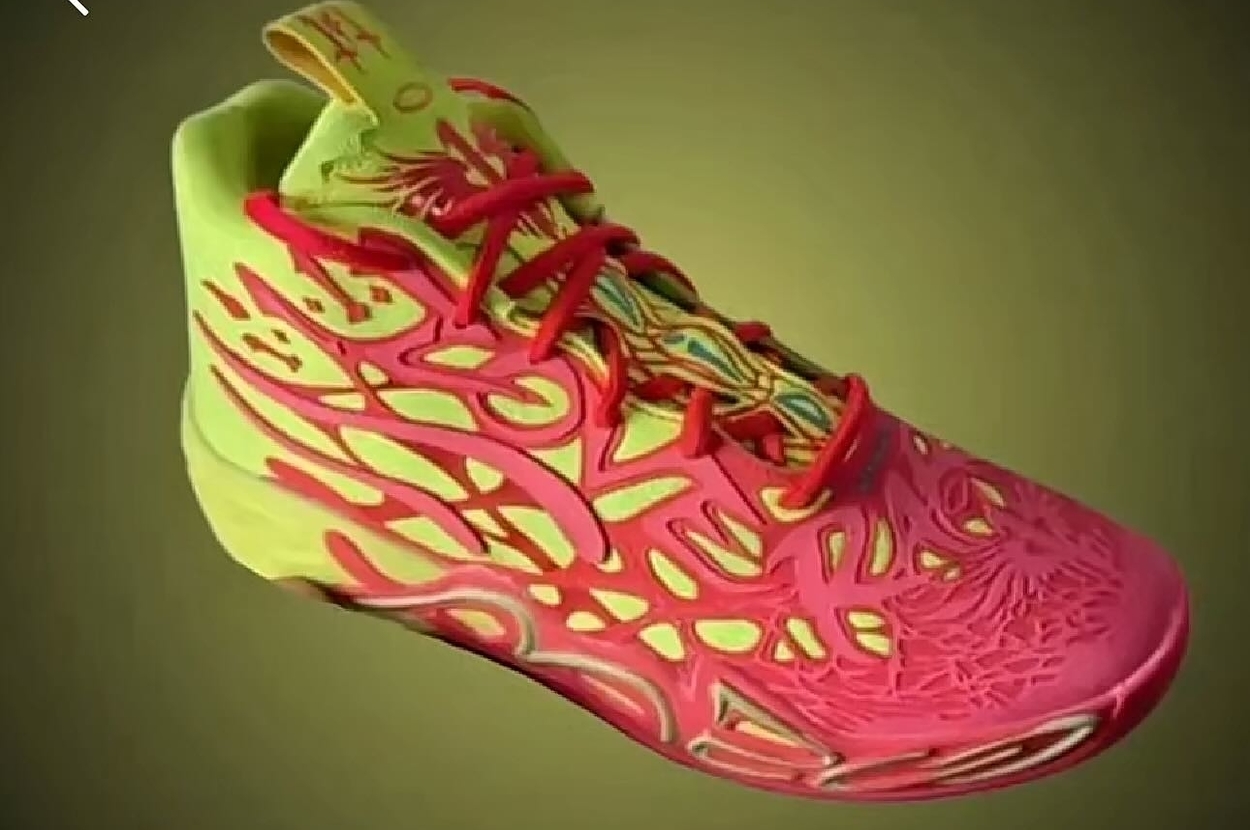That pair for Richardson, inspired by the A.I.R. group but not technically part of it, offered a more measured preview of where Nike could go next. It is significantly more terrestrial, but still daring. And still what Hoke views as an example of his company leading from the front.
“This is the result of that, and one of my first tests of my new job,” said Hoke, who became chief innovation officer at Nike last November, “and you’ll see much more of this coming from our teams.”
Hoke spoke with Complex in Paris about how the prototypes were made, how the athletes were involved, and what it means for the future of Nike. The conversation has been lightly edited for clarity.
When did A.I.R. start?
It started earlier this year, in January.
What were those first conversations?
I brought a team of 20 of our top innovators and creators and designers together, and I said, “We have an opportunity here to showcase a new alchemy.” And to converge the athletes’ ambitions and dreams, combined with our imagination and our own interests of design, and these computational emerging technologies, to converge those and show a sense of urgency and a sense of opportunity.
As innovation is always about new and better, it’s also at times about bringing artifacts from the future forward to present to the world and say, “This is what’s possible now, and this is where this is going.” And you get a sense of the trajectory of the aesthetic and the function. So my brief was we were going to showcase functionally advanced product that was going to be fearlessly beautiful and fantastically creative. Those three things—functionally advanced, like, show how we want to take the world and advance functionality, but also advance beauty.
Is that a hard thing, to try and convince people that this is the type of footwear we’ll be wearing in the future when we’re stuck in our ways?
Yeah, I mean, it’s part of my role, to show what’s possible and then begin to change the conversation, the dialogue, position both this fearless beauty with this fantastical creativity and believe in it. And then get the teams to say, yeah, we can do this. So the result of the conversation was, we’re all in. What this demonstrates is a multidisciplinary focus.
In the room we had our data scientists, our biomechanists, our engineers, our designers, our computational designers, our mind-and-data science designers all converging. And that was the thing that was so powerful about this is you strip away the boundaries of your role and you are possessed to go get a project like this done. I was just saying, the energy that was created from this is, “We can do this. This is a part of the future.” I’m not satisfied with just iterative thinking.
I’m going to be satisfied when I have revolutionary leaps in all the form factoring you see here and the projections of what we think these shoes can help athletes do: give meaningful advantages by fixating on the fractions of inches and spaces. Giving them a true sense of confidence inside of them that they’re going to step to the line, the pitch, the floor, and say, “I got this.”
Read the full article here


